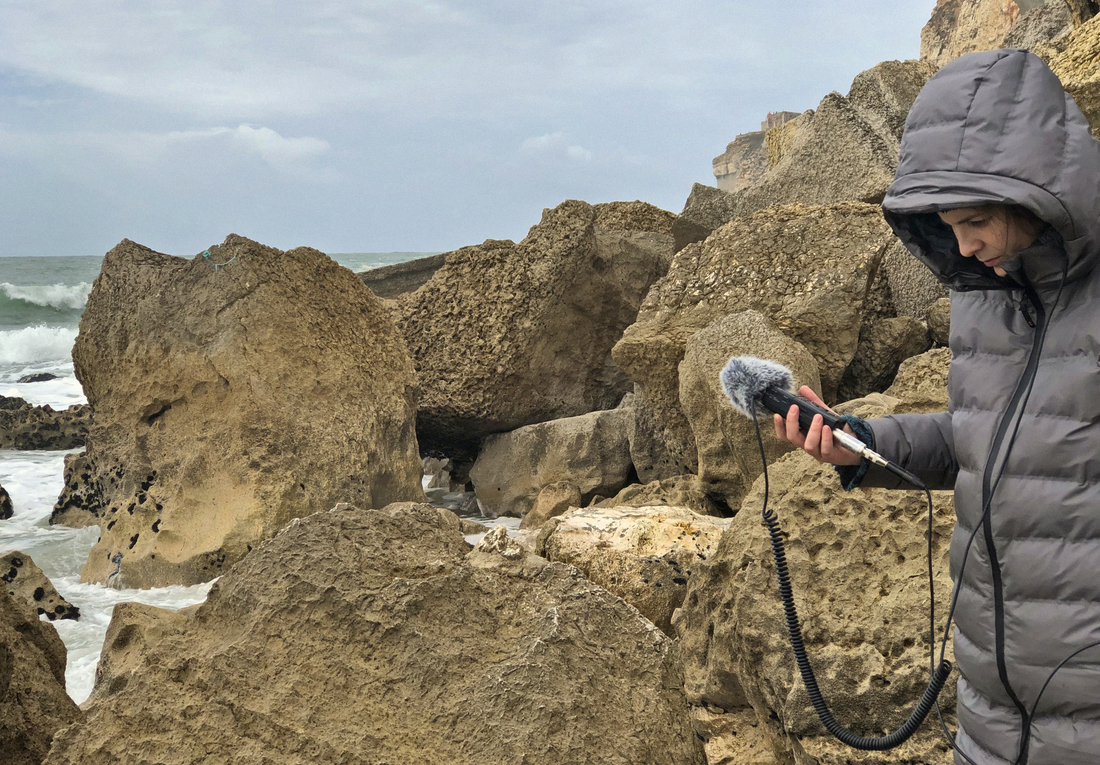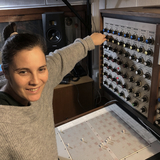Mark Peter Wright’s work offers one of the most incisive critiques of the ethics and politics of field recording, especially the assumption that the soundscape is a neutral, ownerless resource awaiting capture. In
Listening After Nature: Field Recording, Ecology, Critical Practice, he interrogates the historical and cultural baggage embedded in the very idea of “the field,” showing how field recording has often been framed through a Western, extractive gaze — one that positions the recordist as an invisible, neutral observer while in reality occupying a position of power. This “silence of the recordist” can erase the social, ecological, and political contexts in which recordings are made, perpetuating the same extractive logics that have shaped colonial and industrial relationships to land, water, and non‑human life.
Wright also draws attention to the entanglement of recording technologies with resource extraction — from the metals mined to build microphones, to the infrastructures that carry and store digital audio. In his framing, the act of “pressing record” is never innocent: it is a form of contact that can intrude upon, alter, or even commodify the sonic life of a place. He proposes concepts such as the
Noisy Nonself — a way of acknowledging the recordist’s presence and influence — and
Contact Zones, which reimagine the relationship between field and studio as a porous, ethically charged space.
In this sense, mnemosonic topography stands in deliberate contrast to the extractive tendencies Wright identifies. By acknowledging the recordist’s presence, intention, and the relational field in which every sound event occurs, it shifts the act of recording from
taking to
listening-with. Here, the recordist engages in an exchange that recognises the agencies of place, species, and elemental forces, treating sound not as a detached object but as part of a multidimensional living system.
This ethic resonates with the principles behind Systemic Constellations, which invite participants into a “knowing field” where hidden relational dynamics, unresolved events, and ancestral imprints can be perceived and respectfully addressed. In both practices, the work is grounded in reciprocity, transparency, and care: sound is not extracted from its context, but engaged as part of a larger, interdependent field whose memory, integrity, and vitality must be honoured.
Mnemosonic topography can thus be proposed as an ethical practice of entering the landscape in a manner akin to Systemic Constellations — not as an act of extraction, but as a participatory, relational encounter. Just as constellation work reveals and addresses hidden dynamics within human systems, mnemosonic topography approaches the land and its soundscape as a living system with its own history, memory, and unresolved traumas.
In recent years, practitioners have adapted constellation methods to ecological and sustainability contexts, creating what are sometimes called
Nature Constellations or
Climate Constellations. In these settings, participants physically represent elements of a socio‑ecological system — rivers, forests, species, weather patterns — and, through embodied awareness, access insights into the relationships and tensions within that system. Such processes have been shown to heighten systems awareness, foster empathy for non‑human actors, and reveal hidden leverage points for change.
The recordist or listener in mnemosonic topography steps into a similar field — not as an observer, but as a temporary participant, acknowledging the wounds of the landscape — whether ecological, cultural, or historical — and listening for the resonances of these imprints. This approach recognises that the land, like the human body, carries memory in its energetic and material layers, and that attentive, intentional listening can become a form of witnessing and integration.
Such a practice also calls for the integration of old knowledge systems — indigenous ecological wisdom, ancestral cosmologies, and pre‑industrial modes of attunement — as possible responses to the modern dissociation from nature. These knowledge systems, often marginalised or dismissed in dominant narratives, hold relational models that dissolve the human–nature divide and reframe the environment not as a resource, but as kin.
Here, eco‑feminism offers a vital impulse: by challenging patriarchal and extractive paradigms, it invites a revision of archetypes that have long shaped our relationship to the Earth and works toward dissolving biases that separate care from power, intuition from reason, and the feminine from the ecological. Eco‑feminist thought insists that environmental justice and social justice are inseparable, and that healing the land requires dismantling the same structures that oppress bodies, cultures, and ecosystems.
In contemporary arts, we can already trace the grounding of eco‑feminist thought to the early 20th century.
Ithell Colquhoun lifelong fascination with water — mutable, generative, and resistant to containment — was inseparable from her profound engagement with the animating forces of the natural world. This elemental affinity was accompanied by her refusal to adhere to socially imposed gender roles, her reconfiguration of archetypes, and her embrace of symbolic and sexual fluidity. Collectively, these aspects position her work as a form of transgression: one that dismantles biases, affirms interdependence, and anticipates the theoretical foundations of eco‑feminism. In this light, her practice can be seen as laying early groundwork for a movement that recognises the intertwined oppressions of women and the natural world under extractive systems, and that reclaims the body–nature continuum as a locus of agency, resilience, and transformation.
.jpg)
.jpg)
.jpg)

.JPG)
.JPG)
.jpg)
